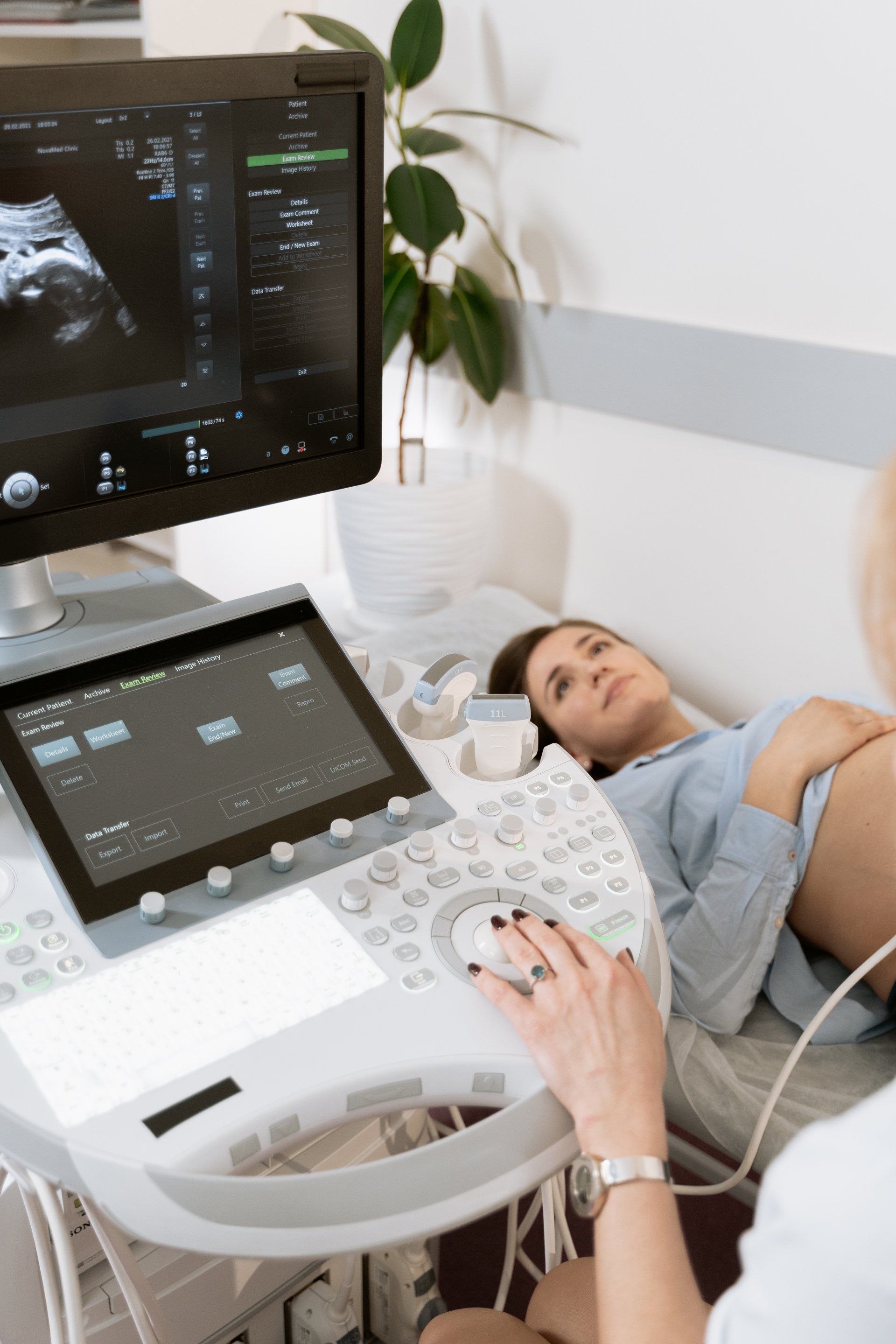How fast will it take to pregnant after removing a copper IUD?
One of the benefits of having a copper intrauterine device (IUD) is it puts you in control of when you get pregnant. A copper IUD is a long-term birth control device that women wear for up to ten years. What happens when it comes out, though?
Maybe you are at that point where pregnancy is what you want, so it is time to take the copper IUD out. You likely have many questions, including how long after the IUD removal do you wait to get pregnant.
Understanding the steps of IUD Removal
If now is the right time to consider pregnancy, it starts with removing the IUD to allow conception. This is an in-office procedure done by a healthcare professional. It takes just a few minutes to complete.
What To Expect During The Removal Process
IUDs have a design that allows them to go in quickly and come out simply. The process takes just a few minutes and is generally painless. Copper IUDs and other similar contraception devices come with strings attached. The strings serve two purposes. First, feeling for the strings helps you know your IUD is in place. Second, the strings are a tool that helps the healthcare provider remove the device.
Once in the doctor's office, you get into a position that allows them to grasp the strings. That will mean different things depending on the provider, but the setup will be similar to a pelvic exam. For example, you may place your heels in stir-ups or on the bottom of the table and open your legs to provide access.
The healthcare provider will locate the strings and then grasp them with forceps. Pulling on them triggers the sides of the IUD to collapse, and the device slides out of the uterus for removal.
Possible Complications
Complications are rare with the removal of a copper IUD. For example, if the IUD breaks apart, it must be removed in pieces. Also, it may embed in tissue and refuse to come out. In this case, it may be necessary to dilate the cervix or do a more invasive procedure to take it out. But, again, there are rarely complications.
The doctor may ask you to wait a few minutes to ensure everything is alright before letting you leave. Most women do not experience pain during or after the removal. Some do have cramps, though, and minor bleeding.
When Can My Copper IUD Be Removed
You decide with your healthcare provider when the time is right to remove your copper IUD. For example, you might take it out if you want to conceive a child. You can get pregnant right after the device comes out.
Perhaps, the doctor recommends you remove it because of the time it has been in place. Or a medical problem might require removal for your safety. There are many scenarios that might lead to IUD removal.
Remember, though, that IUD removal can cause cramping and bleeding. Don't assume any bleeding after removal is your usual period unless it is time for it. The copper IUD removal will not upset your hormone balance or alter your menstrual cycle. Copper IUDs do not contain hormones.
There are no established limitations on when in your menstrual cycle you should remove it, either. Anytime is fine. You can discuss timing with your healthcare provider. They may have a preference.
Getting Pregnant After Your IUD Removal
Copper IUDs work by creating an environment that sperm don't like. That way, they swim in the other direction instead of entering the uterus to fertilize an egg. There are no hormones involved. Instead, the copper on the IUD acts as a natural spermicide.
That means that this form of IUD doesn't impact your menstrual cycle as hormonal birth control will. So, you can get pregnant as soon as you ovulate. The ovulation schedule will not change. So if the egg comes out of the fallopian tube immediately after the removal of the IUD, you can get pregnant immediately.
Is There A Higher Risk Of Pregnancy Complications After IUD Removal?
There is no evidence that having an IUD removed will cause complications during pregnancy. A 2018 study found that fertility returns after you discontinue the use of a contraceptive device. If you stop using a hormonal device, it may affect when you can get pregnant. That isn't a problem with a copper IUD, though.
Copper IUDs do not interfere with hormone production in any way. Hormonal birth control pills, shots, implants, and some IUDs use synthetic hormones to affect ovulation. A copper IUD simply prevents fertilization by making the uterus a hostile environment for sperm. If the sperm don't enter the uterus, they can't fertilize an egg.
What If You Can't Get Pregnant?
If you are having problems, then it is likely something else is going on impacting your fertility. If you struggle for some time, you and your partner must see a healthcare provider and find out why. The answer will not be the IUD removal, though.
If you want to try to have a baby, you can get a copper IUD removed at any time. It simply requires an appointment with your healthcare provider. Once the IUD is out, you can start trying to conceive based on your normal menstrual cycle. Therefore, the IUD removal should not impact your ability to have a baby.
Find out more about copper IUDs by visiting the Flex-T website today. Flex-T is a nonhormonal copper IUD that puts you in charge when pregnant.







